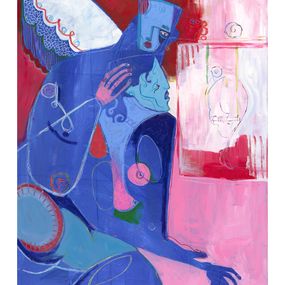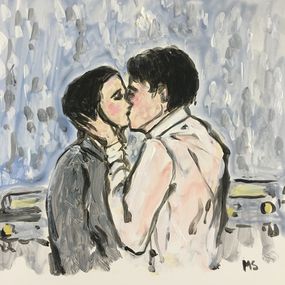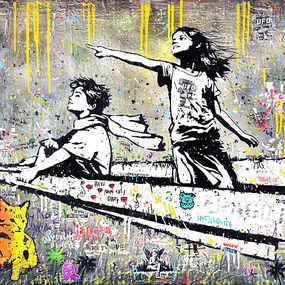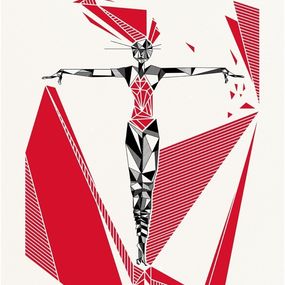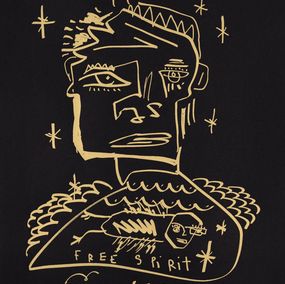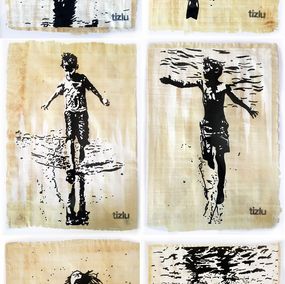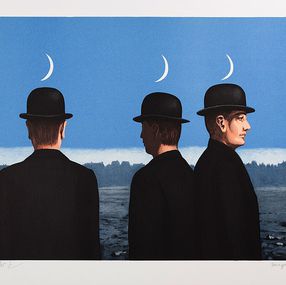
Portrait Drawing for Sale
Portraiture has existed for many centuries. The Greeks produced portraits for funeral and religious rituals; they aimed to “bring back to life those who have passed away." In the Roman era, portraits were often reserved for the ruling figures of society; for example, a warrior would have his portrait painted to illustrate his bravery during a battle. In Europe, it is only during the late Middle Ages and Renaissance that Italian and Flemish painters started to practice the art of portraiture.
In the 14th and 15th centuries, painters created works commissioned by wealthy patrons. Painters sketched out preliminary freehand drawings, which were often then approved by the patron, before beginning to work on their oil paint or, later, watercolor. Facial features were sometimes improved to the detriment of realism, although some painters were known for their ability to reproduce their models' expressions. Some artists worked in great detail while others focussed more heavily on trying to capture the real personality of their model.
For much of its history, portrait not only told a story but it also conveyed a message of power, promoting a well-controlled image to the wider population and establishing the sitter's authority through its circulation. For example, Florentine elites would use paintings and drawings as a mean of controlling their image and establishing their authority. Portraits were a way for someone to live on long after their death. Today we find the faces of aristocracies and the European bourgeoisie in many museums, immortalized by artists such as Leonardo da Vinci or Rembrandt.
The results obtained through drawing depended largely on the tools and materials used. Red chalk was very popular (especially at the beginning of the 16th century) to represent the facial features and the warmth of the skin, while charcoal produced harder lines and pastel created a softer, colorful touch. Artists adapted their technique depending on the subject and the emotion they wanted to convey. The commercialisation of pencils in the nineteenth century made it a popular medium for artists and amateurs alike. Pencil art became more popular and the tool was often used for sketching portraits.
One thing is certain; capturing facial expressions is a demanding art form and the art of portraiture requires a lot of practice. Drawing a face down to its finest details may take hours to obtain the desired result: a protruding jaw, the shape of a skull, thick brows, smiling eyes, dilated pupils… Even more difficult, are children's portraits? It can be difficult to get them to stay still for long. The artist has to be skilled enough to immortalise these men, women and children full of life.
Gradually, sketched portraits became less and less realistic but increasingly daring and experimental in terms of colour. On Artsper, discover drawings by Jean Cocteau, Julien Calot, Alice de Miramon, Philippe Pasqua, Sabine Danzé, Bahareh Navabi and Stéphanie Stindel.
Save your search and find it in your favorites
Save your search to find it quickly
Saved search
Your search is accessible from the favorites tab > My favorite searches
Unsaved search
A problem occurred
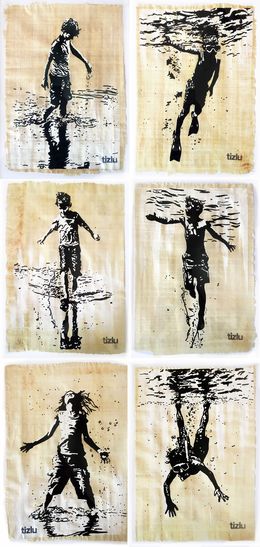
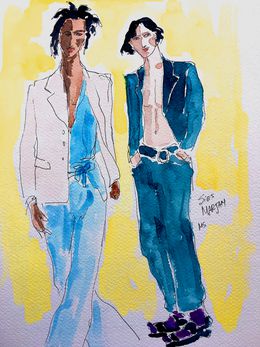
Manuel Santelices
Fine Art Drawings - 35.6 x 27.9 x 0.3 cm Fine Art Drawings - 14 x 11 x 0.1 inch
€716
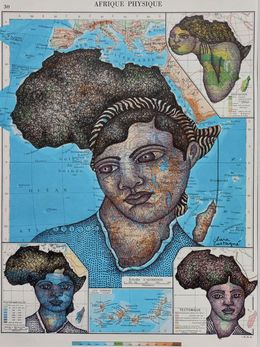
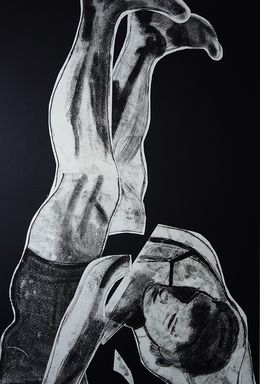
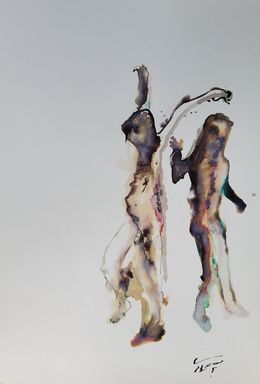

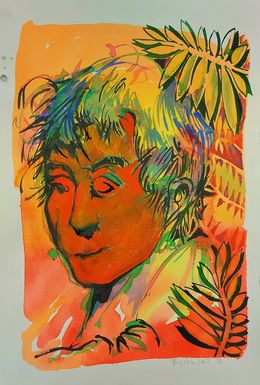
Baptiste Laurent
Fine Art Drawings - 50 x 35 x 0.3 cm Fine Art Drawings - 19.7 x 13.8 x 0.1 inch
€1,100
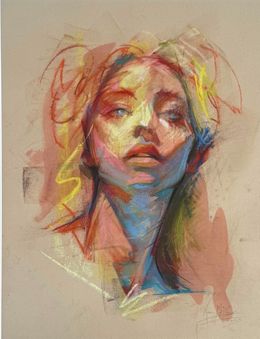

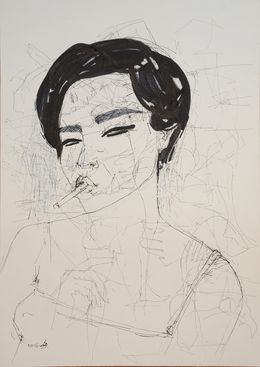




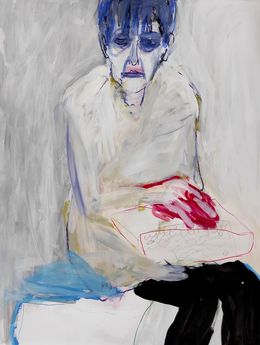
Barbara Kroll
Fine Art Drawings - 64.8 x 49.8 x 0.3 cm Fine Art Drawings - 25.5 x 19.6 x 0.1 inch
€734

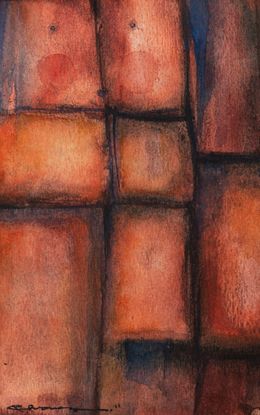

David Shrigley
Fine Art Drawings - 27.94 x 20.95 x 1 cm Fine Art Drawings - 11 x 8.2 x 0.4 inch
€7,162

Béa Bealaff-Girotto
Fine Art Drawings - 20 x 20 x 1 cm Fine Art Drawings - 7.9 x 7.9 x 0.4 inch
€670
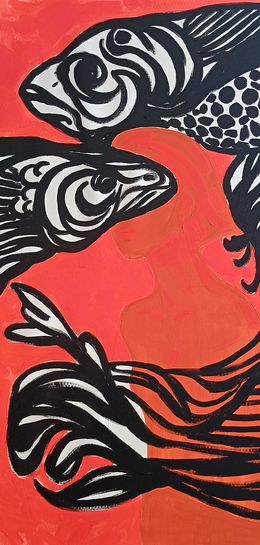
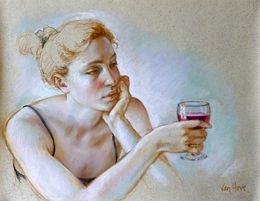
Francine Van Hove
Fine Art Drawings - 50 x 65 x 1 cm Fine Art Drawings - 19.7 x 25.6 x 0.4 inch
€3,300
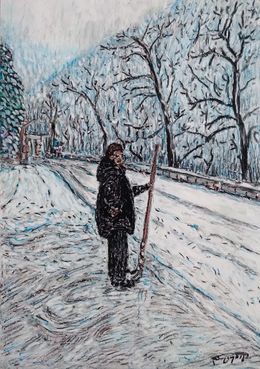
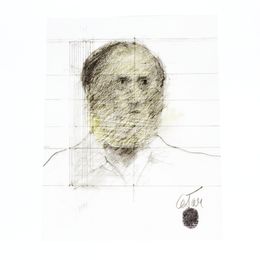
César Baldaccini
Fine Art Drawings - 21 x 15.8 x 0.01 cm Fine Art Drawings - 8.3 x 6.2 x 0 inch
€3,200
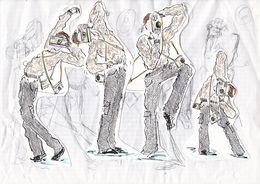
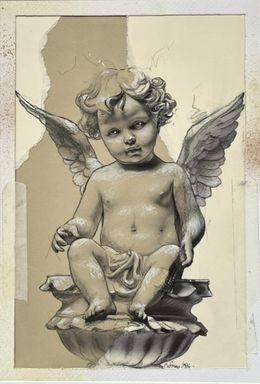
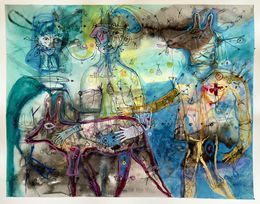
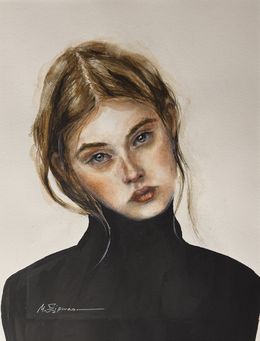


Rosario Heins
Fine Art Drawings - 65 x 50 x 0.3 cm Fine Art Drawings - 25.6 x 19.7 x 0.1 inch
€2,200
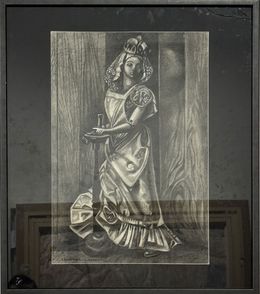

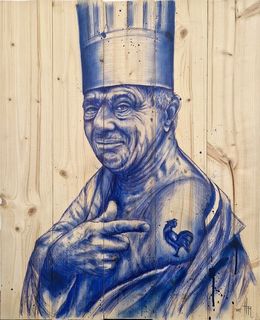
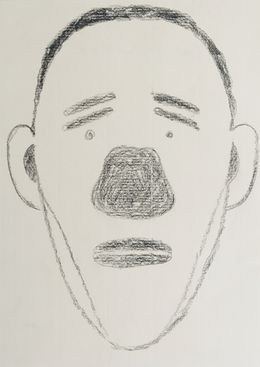

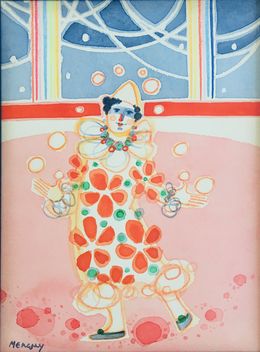
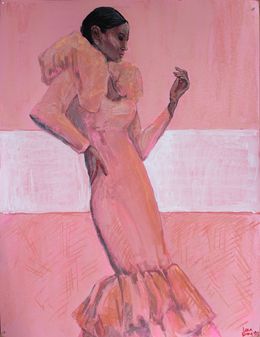
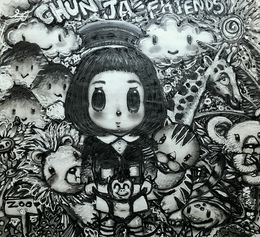
Shin Seung-Hun
Fine Art Drawings - 72 x 77.5 x 0.1 cm Fine Art Drawings - 28.3 x 30.5 x 0 inch
€1,000

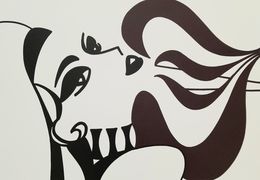
Dani André Skogfelt
Fine Art Drawings - 42 x 59 x 0.1 cm Fine Art Drawings - 16.5 x 23.2 x 0 inch
€1,700
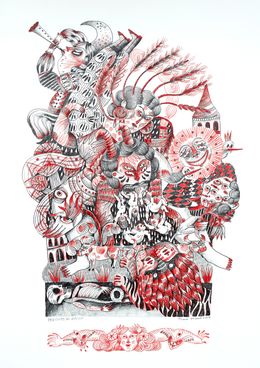
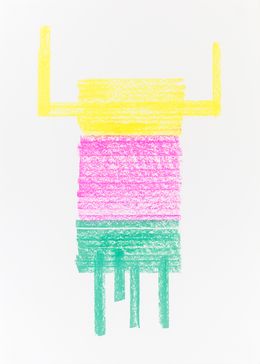

Juliane Hundertmark
Fine Art Drawings - 75 x 57 x 0.1 cm Fine Art Drawings - 29.5 x 22.4 x 0 inch
€2,300

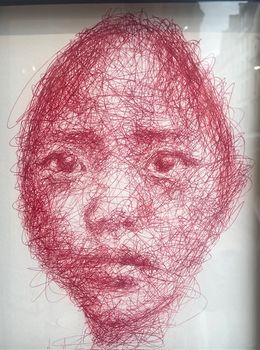
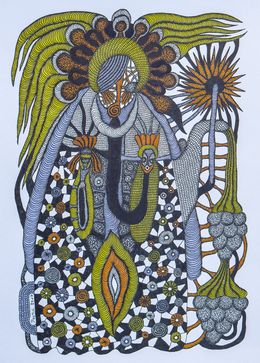
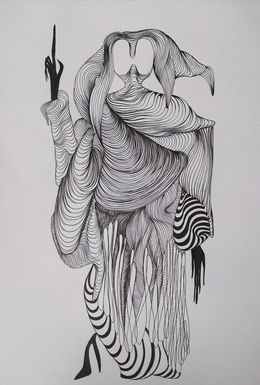


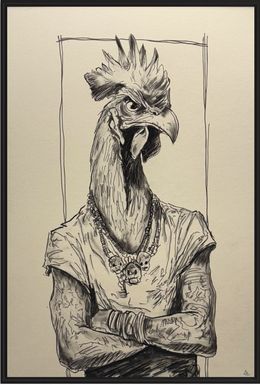
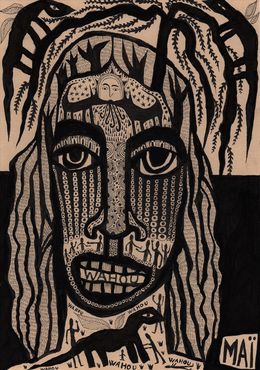
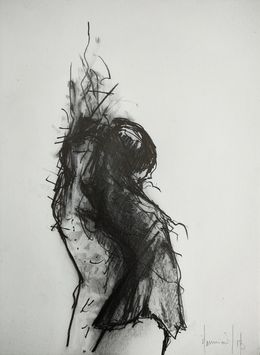
Jean-Baptiste Dumont
Fine Art Drawings - 29.7 x 24 x 0.1 cm Fine Art Drawings - 11.7 x 9.4 x 0 inch
€120

Laurent Mangepapier
Fine Art Drawings - 64.5 x 50 x 1 cm Fine Art Drawings - 25.4 x 19.7 x 0.4 inch
€690
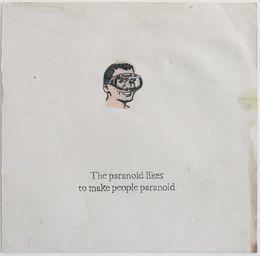
Gérald Panighi
Fine Art Drawings - 27.5 x 27.5 x 0.2 cm Fine Art Drawings - 10.8 x 10.8 x 0.1 inch
€800

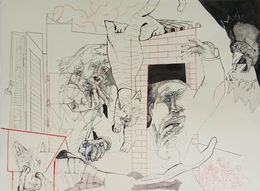

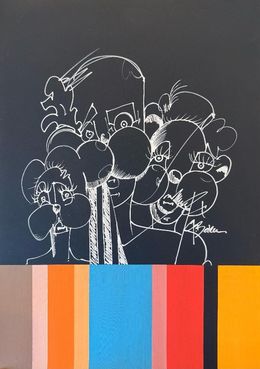

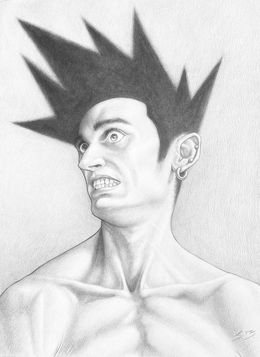


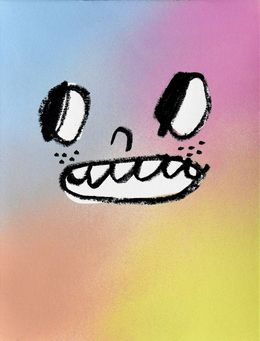
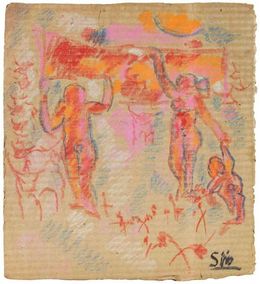
Sirio Pellegrini
Fine Art Drawings - 37 x 33.5 x 0.4 cm Fine Art Drawings - 14.6 x 13.2 x 0.2 inch
€2,000
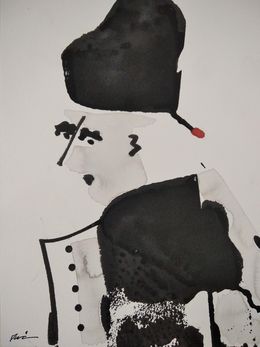
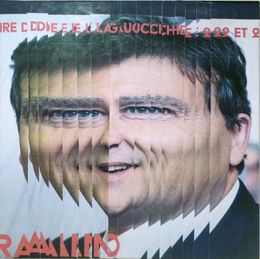
Alexandre Taillandier
Fine Art Drawings - 50 x 50 x 1 cm Fine Art Drawings - 19.7 x 19.7 x 0.4 inch
€690

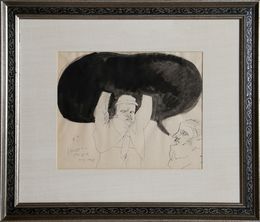

Laurent Anastay-Ponsolle
Fine Art Drawings - 59 x 42 x 0.1 cm Fine Art Drawings - 23.2 x 16.5 x 0 inch
€650
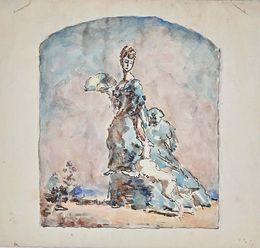


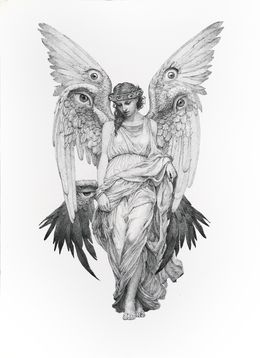
Iana Cherepansky
Fine Art Drawings - 32.5 x 30 x 0.1 cm Fine Art Drawings - 12.8 x 11.8 x 0 inch
€985

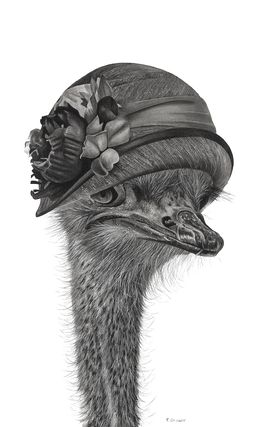
François Gruson
Fine Art Drawings - 59 x 36 x 0.01 cm Fine Art Drawings - 23.2 x 14.2 x 0 inch
€1,800
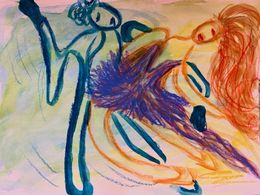

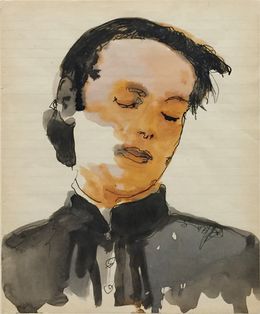
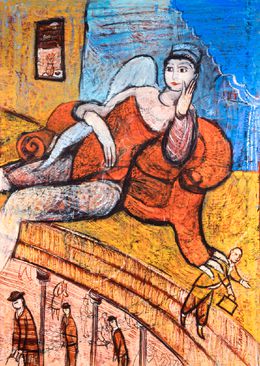
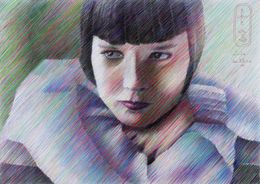
Corné Akkers
Fine Art Drawings - 21.1 x 29.7 x 0.3 cm Fine Art Drawings - 8.3 x 11.7 x 0.1 inch
€1,496
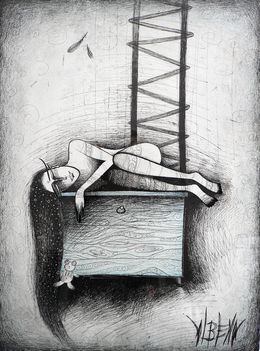

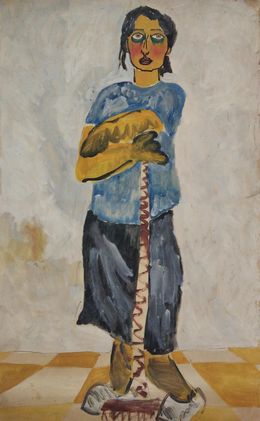
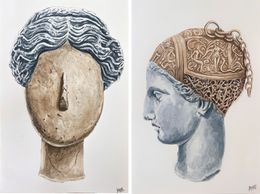
James Bonachea
Fine Art Drawings - 38.1 x 48.3 x 0.3 cm Fine Art Drawings - 15 x 19 x 0.1 inch
€2,686


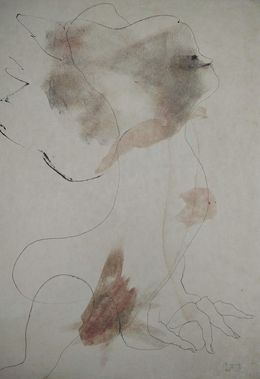

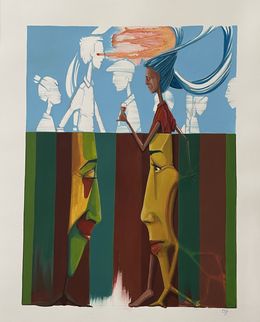
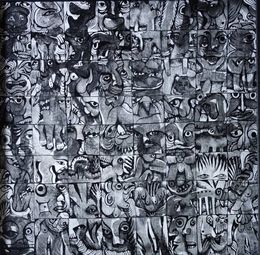
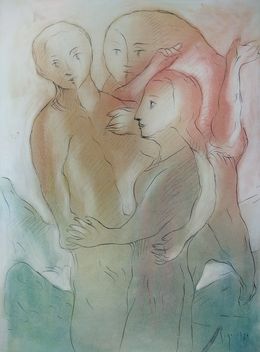

Atom Hovhanesyan
Fine Art Drawings - 45.7 x 40.6 x 0.05 cm Fine Art Drawings - 18 x 16 x 0 inch
€71,622
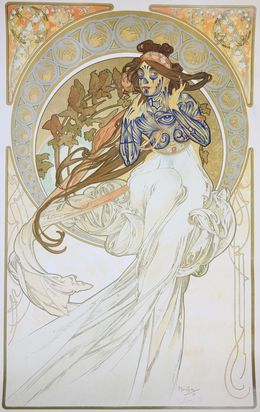
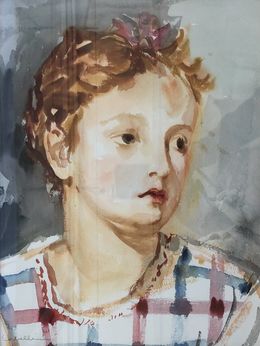
Discover the styles & movements
Discover the selection of our experts
To draw a realistic portrait, start with a good reference photo, pay attention to proportions, use shading to create depth, and focus on capturing the subject's unique features. Practice regularly and don't be afraid to make mistakes.
When choosing materials for portrait drawing, consider the surface texture, color, and weight of the paper, as well as the type and quality of the pencils or charcoal. Opt for high-quality materials that allow for precision and detail, and experiment with different combinations to find what works best for your style and technique.
When drawing a portrait, it's important to avoid common mistakes such as not paying attention to proportions, neglecting to capture the subject's unique features, and using too much or too little shading. Additionally, it's important to take breaks and step back to assess the overall composition.







